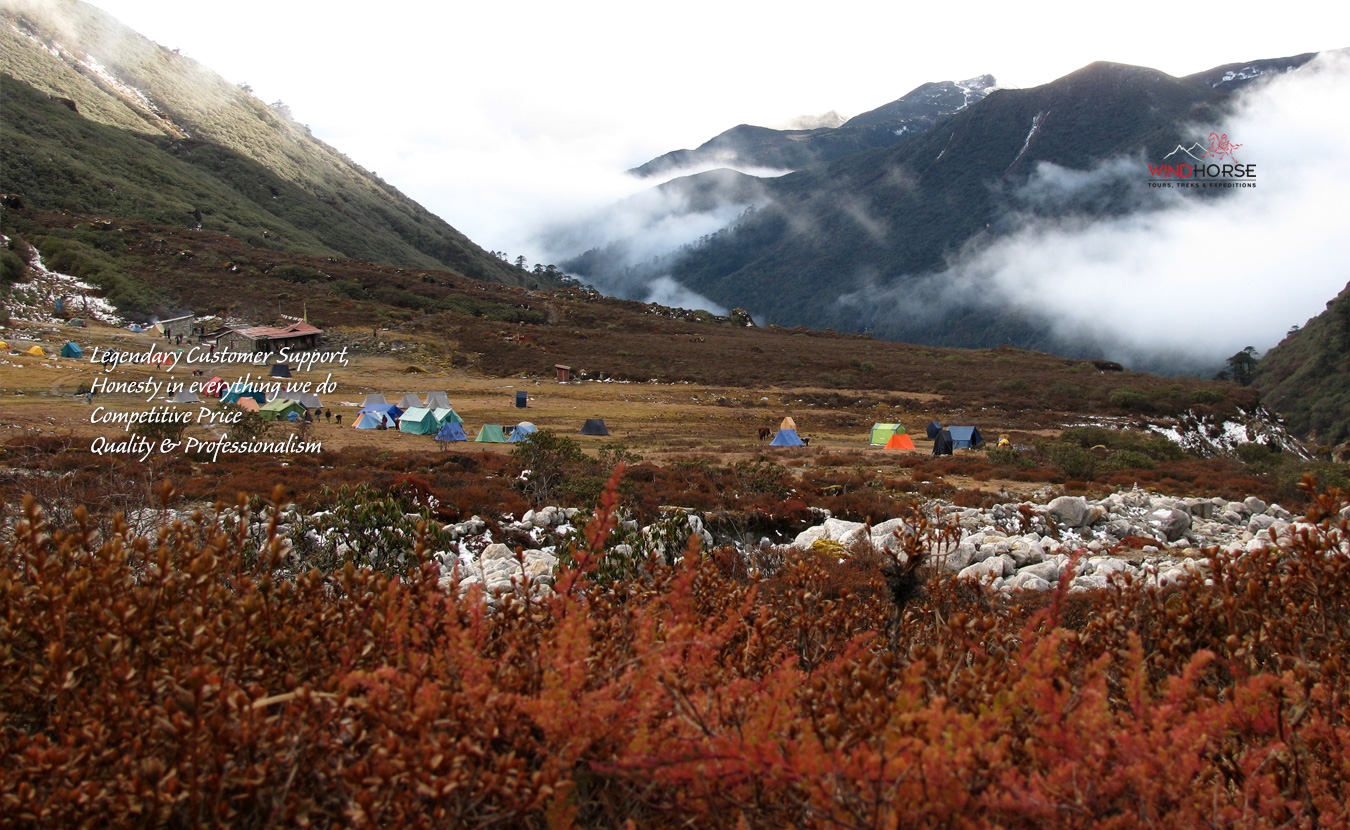

Jomolhari Laya Gasa Trek – Above The Clouds
Chomolhari Laya Gasa trek
-
 19 Days
19 Days
-
Trekking
-
Strenous
Jomolhari Laya Gasa Trek – A Journey Through Bhutan’s Wild and Beautiful Highlands.
Jomolhari Laya Gasa Trek, also spelled Chomolhari Laya Gasa Trek, is not only one of Bhutan’s finest treks but also ranks among the most spectacular in the world. It offers a remarkable variety of trekking conditions—from scenic farmlands and dense forests to a stunning, high-altitude lunar landscape surrounded by majestic Himalayan peaks. Wildlife sightings are common, including blue sheep, takin, a variety of bird species, and even the elusive snow leopard.
Along the way, you’ll encounter remote Dzongs and scattered highland settlements such as Jangothang, Lingshi, Chebisa, and the unique village of Laya, each offering fascinating cultural insights. This moderately challenging trek forms a loop along Bhutan’s northwestern frontier with Tibet and is widely considered the most visually striking trek in the entire Himalayas.
At Wind Horse Tours, we take pride in having organized this trek as a private journey for over 25 years, and as a small group departure for more than a decade. We have made thoughtful adjustments over time to adapt to changing trail conditions and to enhance the overall experience.
Embark on the extraordinary Jomolhari Laya Gasa Trek, where you will ascend above the clouds for a truly unforgettable adventure. This once-in-a-lifetime journey promises to create enduring memories, deepen your connection with nature and culture, and challenge you in the most rewarding ways.
Outline Itinerary
Day 1–3: In Paro
Arrival in Paro with cultural tours of the valley.
Hike to the iconic Taktsang Monastery (Tiger’s Nest) for acclimatization.
Day 4–6: Begin trek from Shana to Jangothang
Begin trekking through Jigme Dorji National Park.
Gradual altitude gain over three days, culminating at Jangothang Base Camp beneath Mt. Jomolhari.
Day 7: Acclimatization at Jangothang
Rest day with optional hikes offering close-up views of Jomolhari and its glaciers.
Day 8–9: To Lingshi & Chebisa
Cross Nyile La Pass (4,870m) to reach Lingshi.
Continue to the picturesque village of Chebisa, known for its waterfalls and blue sheep sightings.
Day 10–12: Shomulthang, Robultnang to Limithang
Traverse high passes and remote valleys.
Camp near yak herder settlements and spot wildlife like Takins in Tsharijarithang Valley.
Day 13–14: In Laya
Short trek to Laya, Bhutan’s highest settlement.
A day to explore the village and engage with the unique Layap culture.
Day 15: Laya to Gasa-Hot Spring trek end
Our final day of trekking brings us to the nearest roadhead (Tongchudra). It is a long march downhill, but what a way to end by soaking ourselves in the popular hot springs below Gasa. Overnight in a tent or Guest House as available.
Day 16: Punakha & Wangdiphodrang
Go back into the civilization and visit the former winter capital of Bhutan.
Day 17 & 18: Thimphu
Drive to the capital, Thimphu and spend a day and a half here to explore its many attractions.
Day 19: Departure
Transfer to the airport in time for your departure flight.
Duration: Trek 12 days (including two rest days). total19Days
Max Elevation: 5,005m | Trek Distance: ~217 km
Difficulty: Moderately Strenuous – suitable for fit, experienced trekkers
Best Seasons: Spring (Apr–May) & Autumn (Oct & Nov)
Region: Northwestern Bhutan, bordering Tibet
- Stunning views of Jomolhari, Jichu Drake, Tsherimgang, Gangchenta and Masagang peaks
- Trek through Jigme Dorji National Park, home to rare Himalayan wildlife
- Visit traditional villages & meet the unique Layap people
- Cross dramatic high passes over 5,000 meters
- Camp in some of the Himalayas’ most scenic and untouched locations
- Relax in the natural hot springs of Gasa at the trek’s end
Cost Information
- The trip is priced per person according to the number participants in a group. Contact us for details
Included
- Accommodations in hotels as listed during the tour and in tents during the trek
- All meals
- All transfers
- Sightseeing with entrance fees.
- English Speaking Wind Horse Local Tour Leader.
- Bhutan visa including visa fees.
- SDF (Sustainable Dev. Fees)
- During the trek: Fully organized trek with all meals, and beverages. All trekking gears including Tents, Thermal mats, Blow pillow, Hot-water bag for warmth during night. Portable Altitude chambers Bag for emergencies. Pack animals to carry luggage and additional riding pony for emergency, Basic Medical Kit. Trekking staffs include first aid trained Guide, Cook, assistants and horseman.
Sleeping bags can be borrowed ! (cleaning charges will apply)
Borrow for free; trekking poles, water bottle, rain poncho, duffel bag
Not included
- Flights in and out of Bhutan.
- Travel/Medical Insurance
- Optional expenses: bar/beverages, gifts, tips
- Personal trekking gears & clothing
Group Travel Dates
Traveller Review
Trip Photos
FAQs
- What is the best time to do the Jomolhari Laya Gasa Trek (Above the clouds) ?
The trek is most commonly undertaken during two seasons: spring and autumn. In the spring, the trek should begin after mid-March and end before mid-May. Alternatively, in the autumn season, trekkers should set out after the last week of September and conclude their journey by late November, enjoying clear days and beautiful views.
It is advisable to avoid trekking during the winter months from December to February due to potential snowfall and impassable routes for pack animals. On the other hand, the summer months, spanning from June to September, may bring occasional rainfall but also bring the upper regions of the trek to life with vibrant flowers. These months coincide with the active season for the nomadic communities, adding a unique cultural experience to the adventure.
- How would you describe the level of difficulty for the Jomolhari Laya Trek (Above the clouds trek)?
The Jomolhari Laya Trek is categorized as moderately strenuous by Wind Horse, primarily due to its 12-day duration, which includes two rest days. The trek’s difficulty level varies throughout the journey. In the initial three days, you can expect relatively easy walks, averaging 3-5 hours per day. There are a couple of more demanding days when you’ll trek for a full 7-8 hours.
On an average day, you’ll walk approximately 6 hours, covering a distance of around 10-15 kilometers. Additionally, several mountain pass crossings are encountered, but these typically occur after the fourth day of the trek. By this point, trekkers have acclimated to the altitude, and their physical condition has improved. This gradual progression in difficulty allows trekkers to adapt to the challenges, making it a manageable and rewarding adventure.
- Is previous trekking arrangement necessary for this trek ?
Prior trekking experience is not strictly necessary for the Jomolhari Laya Trek, but it can significantly enhance your preparedness and enjoyment of the journey. One should be physically fit and mentally prepared for the weather, terrain, and sleeping in tents for an extended period.
- What is the highest elevation on this trek and risk of altitude sickness on this trek?
The highest elevation reached on the Above the Clouds Jomolhari Laya Trek is 5005m at Sincela pass between Robluthang and Limithang on the 9th day of the trek.
The maximum Campsite altitude is 4,220m at Shomulthang on the 7th night of camping.Your first crossing of the high pass is on the 5th day of the trek between Jangothang and Lingshi at Nyile La pass at 4870m.
Due to the well-planned itinerary, and gradual ascent strategies typically employed on the Jomolhari Laya Trek, the likelihood of experiencing altitude sickness is significantly reduced.If altitude sickness were to occur, it’s likely to become noticeable by the third day of the trek at Jangothang, before embarking on the high mountain passes. This pivotal point in the journey offers trekkers a significant advantage in recognizing any symptoms and taking appropriate action. If such symptoms were to emerge, it is feasible to make a decision to retreat from the trek at this stage, potentially descending to lower altitudes for rest and recovery.
- What kind of communication options are available in case of an emergency during the Jomolhari Laya Trek?
The trek often follows or remains near cell phone towers, with some dead spots in which case there are there are Military Posts with Radios or villages with Radio communication While satellite phones and two-way radios were once carried, improved cell phone coverage has made them less necessary in recent times.
Our experienced guides are trained in basic wilderness first aid and carry essential medical supplies. They can swiftly communicate with our office in Thimphu, enabling us to contact emergency services or arrange evacuations if necessary. It’s vital for trekkers to ensure they have appropriate Travel Insurance coverage to safeguard their trekking experience.
- How can I access detailed information about trekking, camping facilities, and meals during the Jomolhari Laya Trek?
On this trek, we use high quality imported 4 season tents by leading manufacturers such as Mountain Hardware, North Face and Alps Mountaineering for sleeping.
In addition to the sleeping tent, we bring a Mess/dinning tent, also pitch simple pit toilet with a tent cover. We have a separate tent for staffs and Kitchen.
For more details about food, typical day on a trek, visit the our trekking in Bhutan page:


 Overview
Overview Costs
Costs Included
Included Trip Review
Trip Review Tour Leader
Tour Leader Trip Photos
Trip Photos Activities Included
Activities Included
 Accommodation
12 nights camp & 6 nights in hotel.
Accommodation
12 nights camp & 6 nights in hotel. Meal
All meals are included
Meal
All meals are included
 Best Seasons
Best from end of March till May and from late Sept till beginning of November.
Best Seasons
Best from end of March till May and from late Sept till beginning of November.
 Best Months
April, May, October, November
Best Months
April, May, October, November  Good Months
March, September
Good Months
March, September  Lean Months
June, July, August
Lean Months
June, July, August  Not Recommended Months
January, February, December
Not Recommended Months
January, February, December 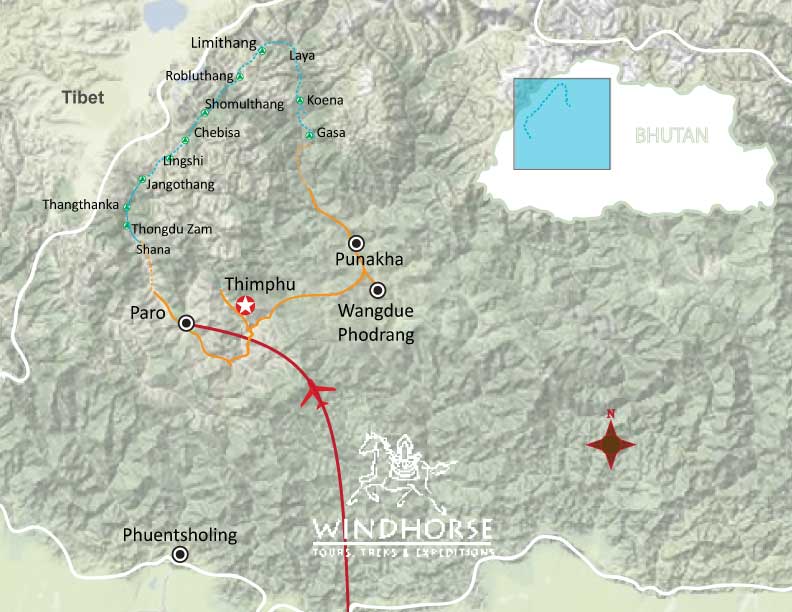
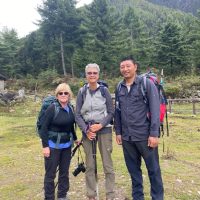
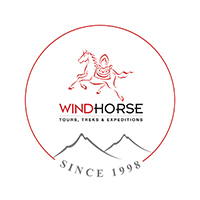
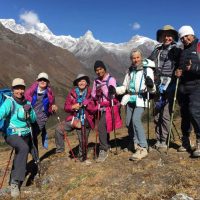
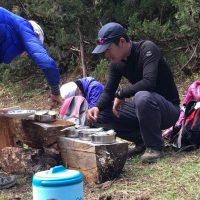
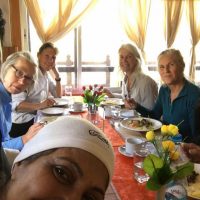
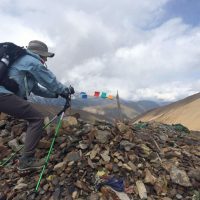
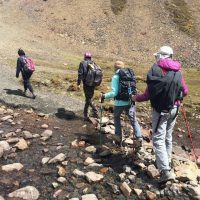
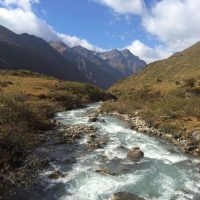
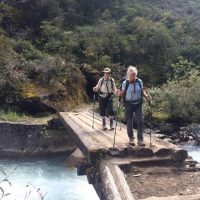
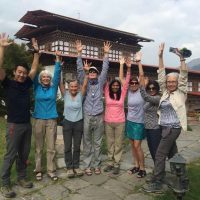
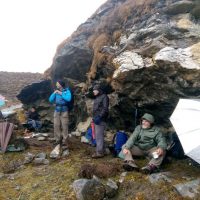
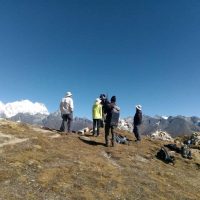
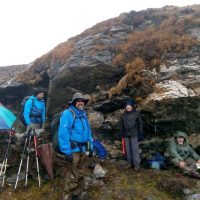
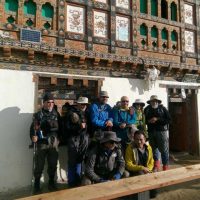
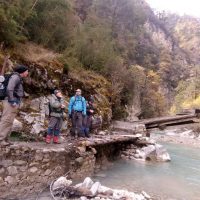
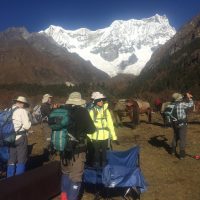
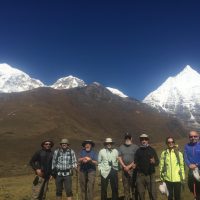
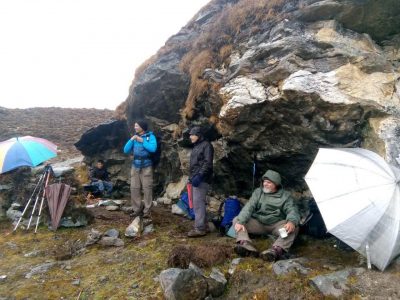
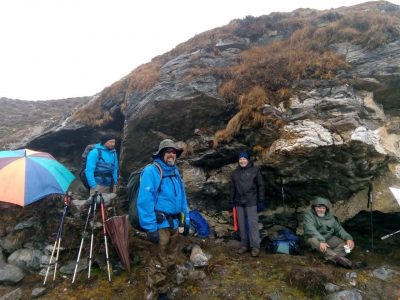
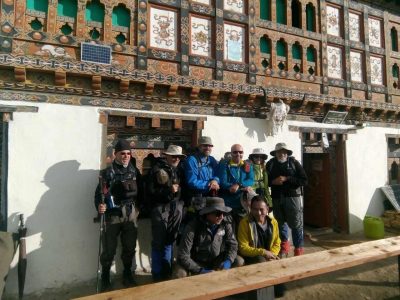
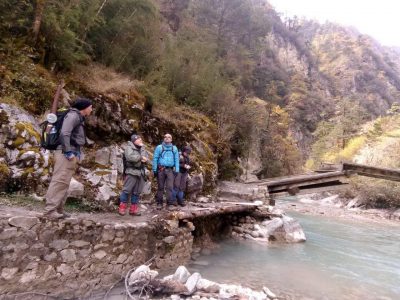
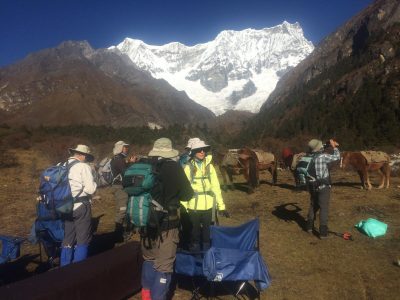
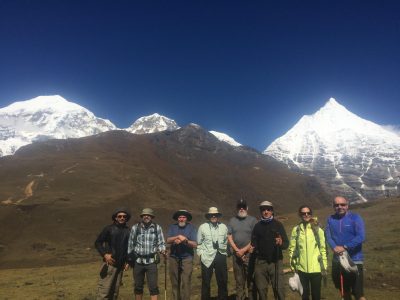











 Bhutan Trip Feedback:
Bhutan Trip Feedback: Words cannot begin to describe how incredible the trekking experience was. The landscapes that we trekked through were breathtakingly beautiful and differed so much with changes in altitude and aspect. The Bhutanese Himalaya are so different to other parts of the Himalaya, with greater flora and fauna biodiversity and very little human intervention. The trek itself was certainly challenging, covering approximately 250kms and crossing five high altitude passes in 14 days. You certainly went to bed each night knowing that you had earned a good night’s sleep. The support from the Wind Horse trekking team (cook, cook’s assistant and horseman) was outstanding. From making and breaking camp, to the professional and compassionate horsemanship and the incredibly delicious food produced daily, the team did all they could to make the trek as enjoyable as possible.
Words cannot begin to describe how incredible the trekking experience was. The landscapes that we trekked through were breathtakingly beautiful and differed so much with changes in altitude and aspect. The Bhutanese Himalaya are so different to other parts of the Himalaya, with greater flora and fauna biodiversity and very little human intervention. The trek itself was certainly challenging, covering approximately 250kms and crossing five high altitude passes in 14 days. You certainly went to bed each night knowing that you had earned a good night’s sleep. The support from the Wind Horse trekking team (cook, cook’s assistant and horseman) was outstanding. From making and breaking camp, to the professional and compassionate horsemanship and the incredibly delicious food produced daily, the team did all they could to make the trek as enjoyable as possible. Following two glorious days in the Gasa hot springs soaking away any soreness from the trek, we commenced two weeks of cultural and day walking adventures. Focussing on the unique cultural aspects of Bhutan was a wonderful contrast from the trekking experience, which focussed on Bhutan’s unique environment. The homestays used for this part of the journey were terrific as they were all truly different and each of the families we stayed with welcomed us warmly and taught us so much about themselves and the area that they lived in. It was planned that we would attend two festivals, but with the assistance of local knowledge we ended up attending five different cultural festivals. Each festival was a wonderful experience and having an opportunity to just sit and enjoy the performances and the festivities with the local people was really heart-warming.
Following two glorious days in the Gasa hot springs soaking away any soreness from the trek, we commenced two weeks of cultural and day walking adventures. Focussing on the unique cultural aspects of Bhutan was a wonderful contrast from the trekking experience, which focussed on Bhutan’s unique environment. The homestays used for this part of the journey were terrific as they were all truly different and each of the families we stayed with welcomed us warmly and taught us so much about themselves and the area that they lived in. It was planned that we would attend two festivals, but with the assistance of local knowledge we ended up attending five different cultural festivals. Each festival was a wonderful experience and having an opportunity to just sit and enjoy the performances and the festivities with the local people was really heart-warming.




















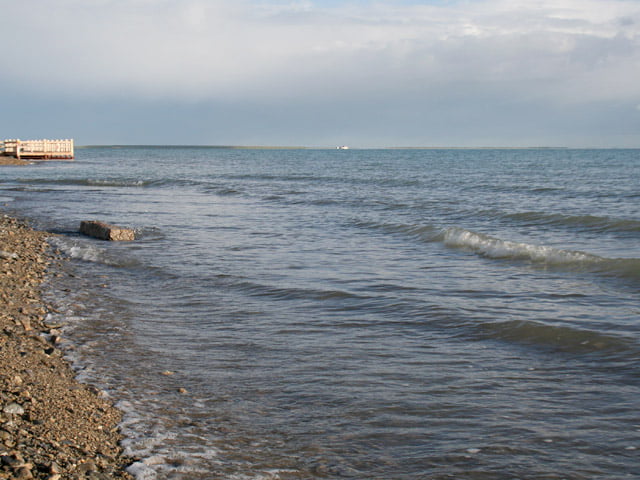
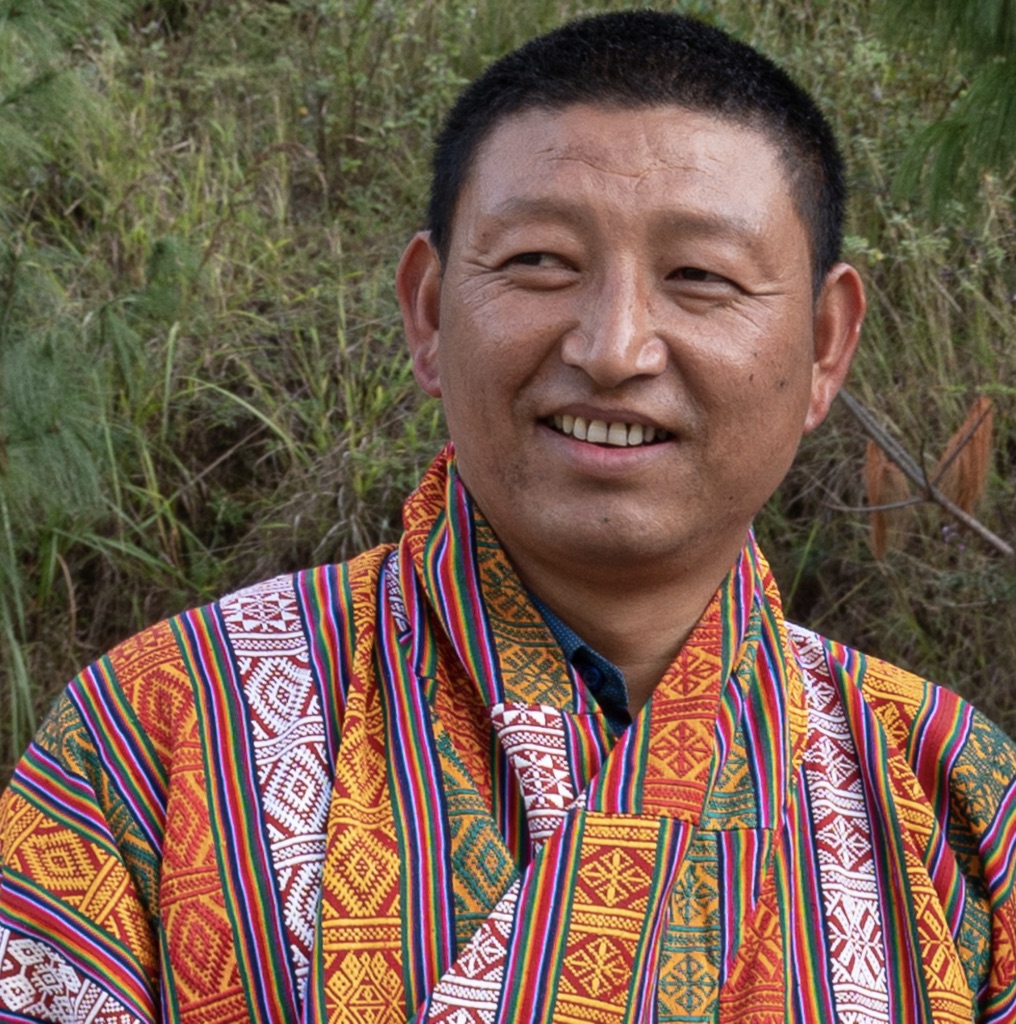

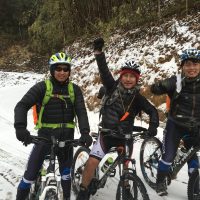
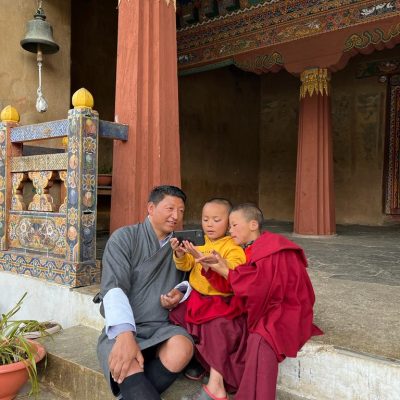
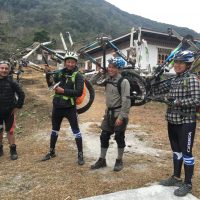
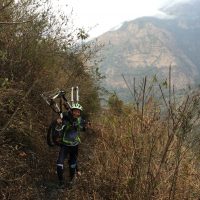
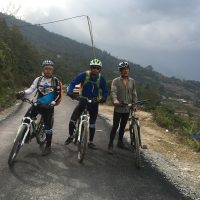
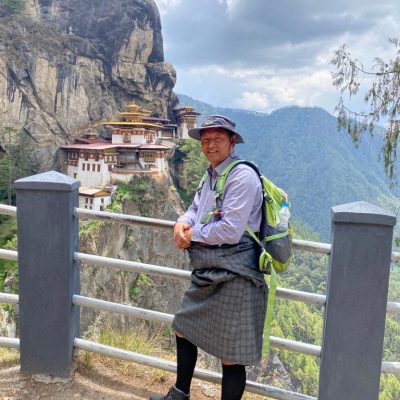
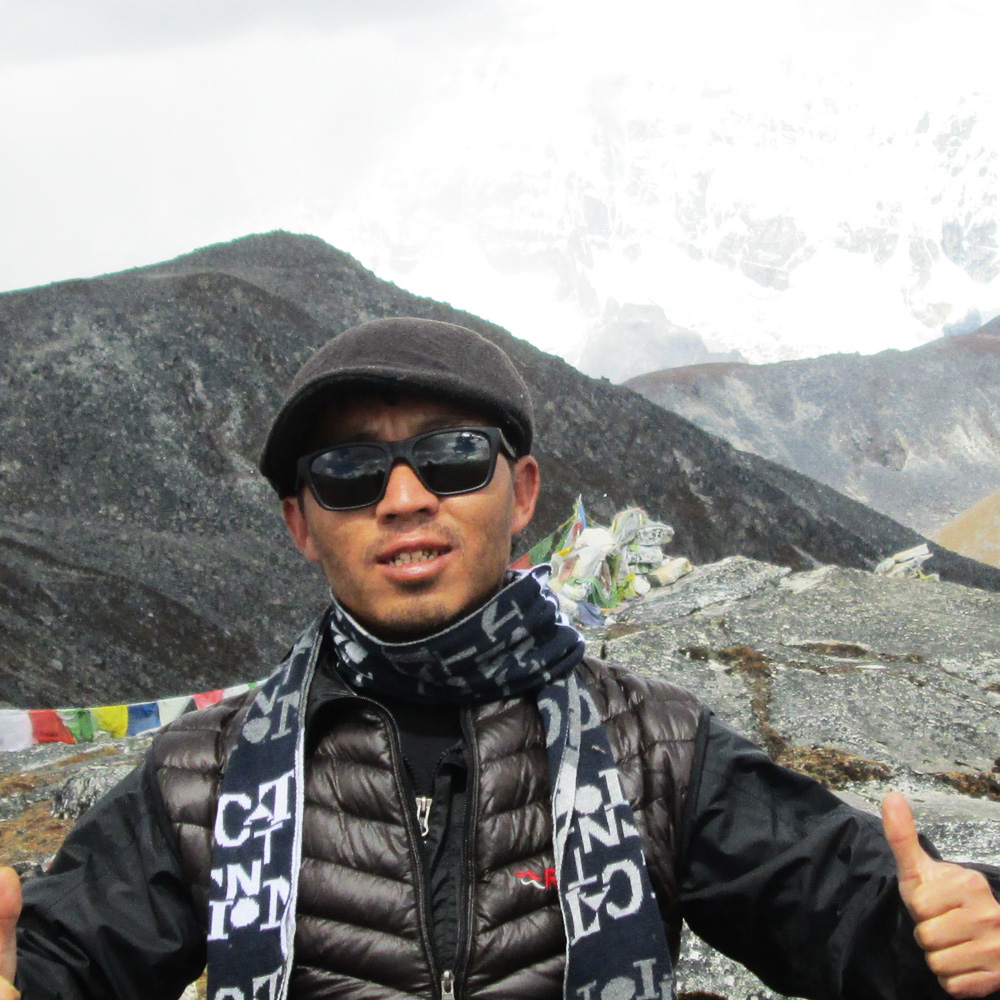

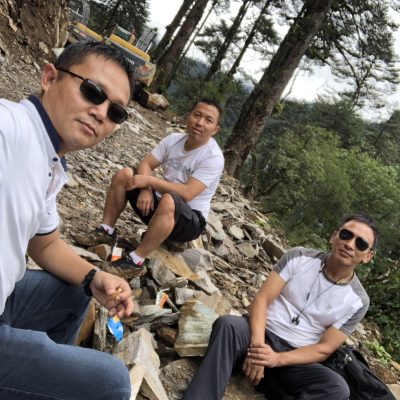
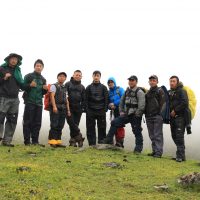
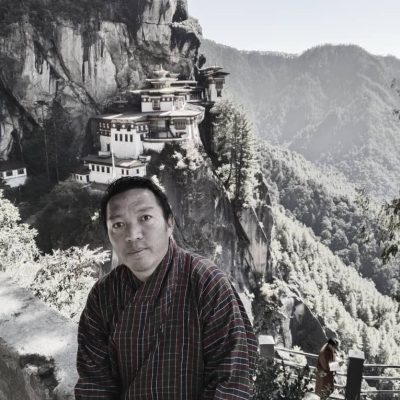
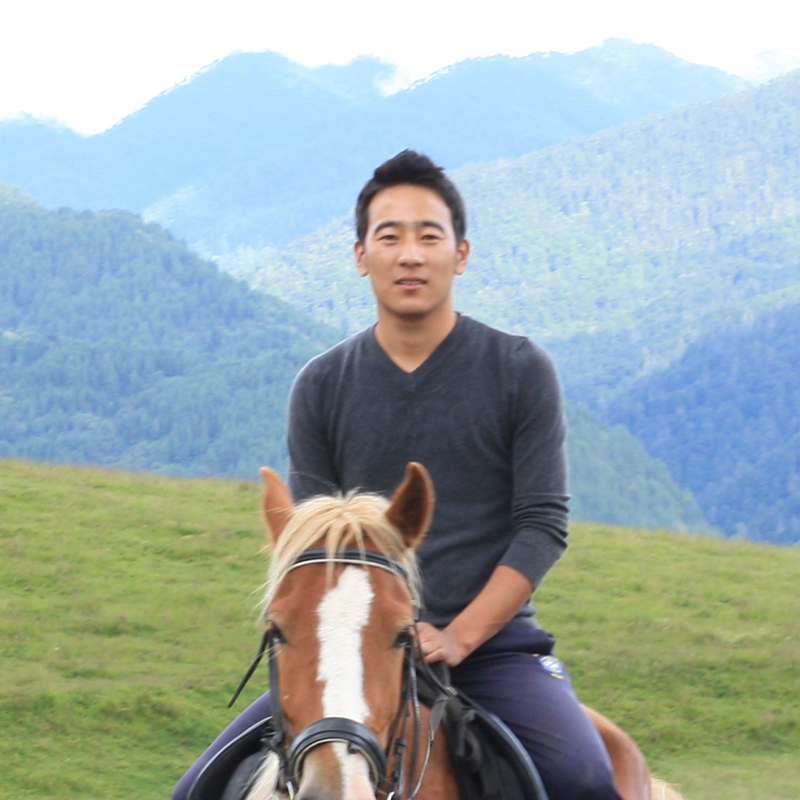

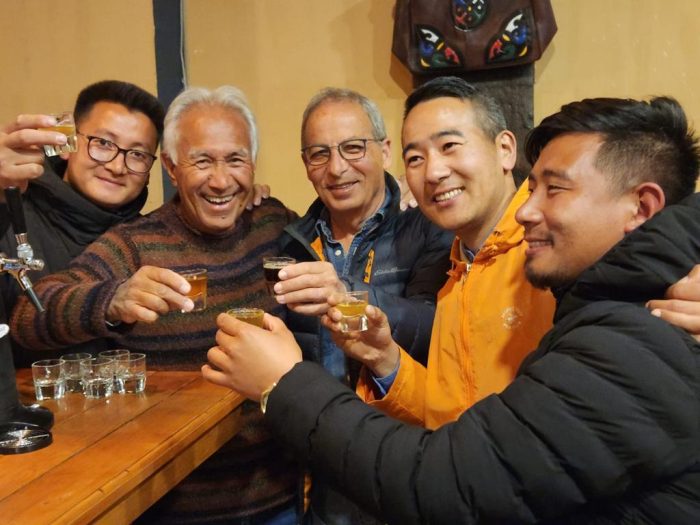
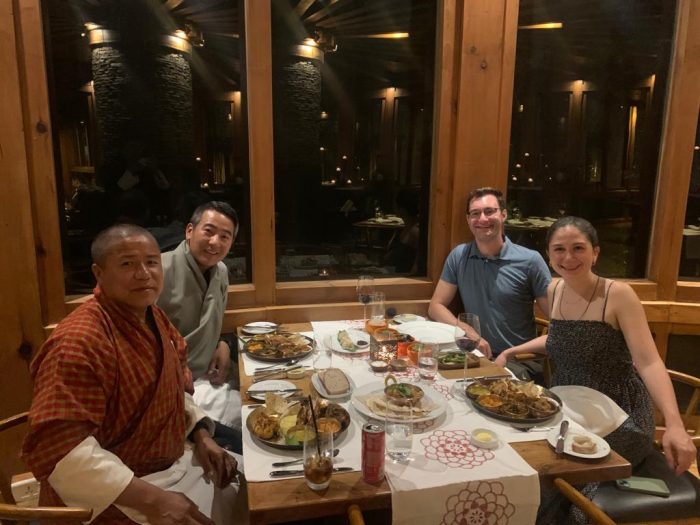
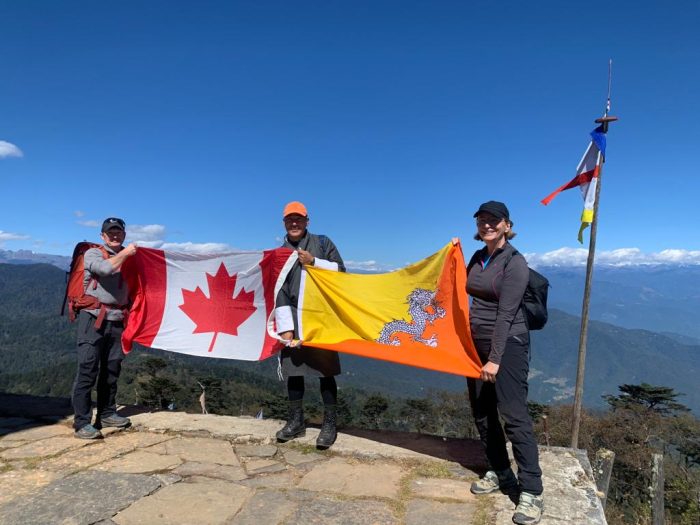
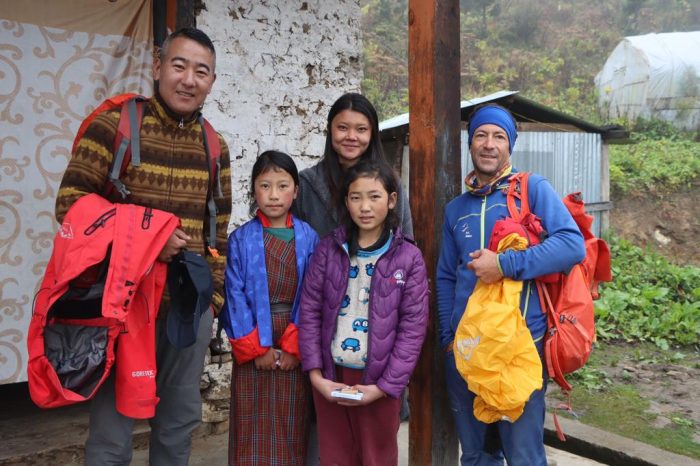
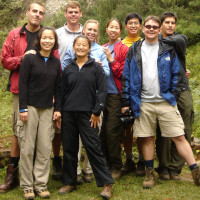
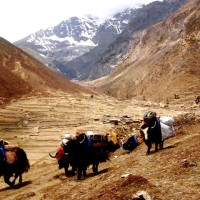
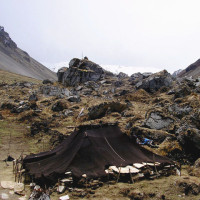
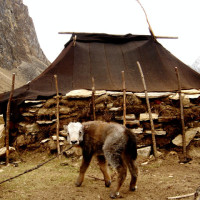
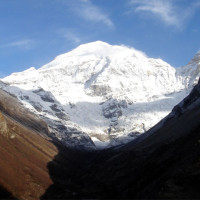
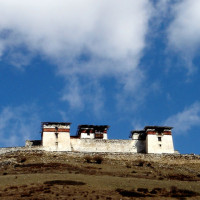
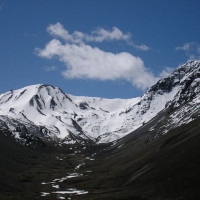
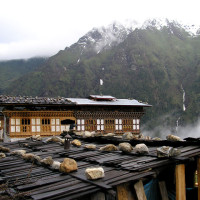
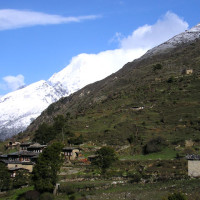
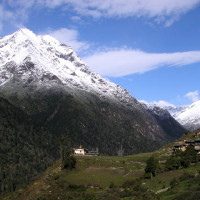
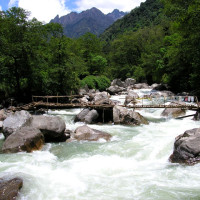
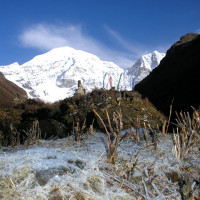
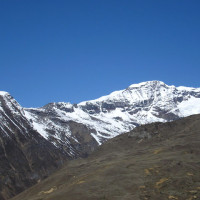
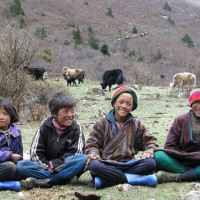
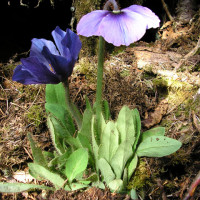
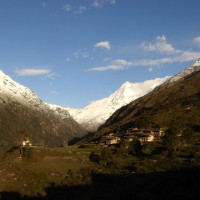
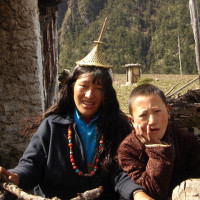
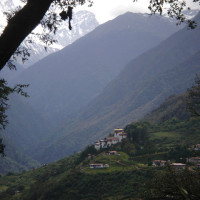
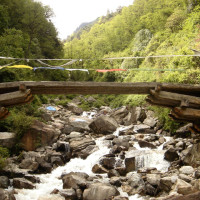
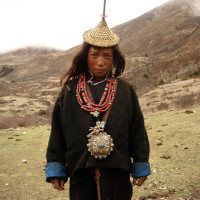
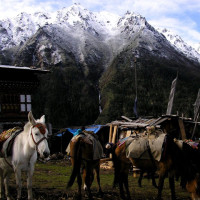
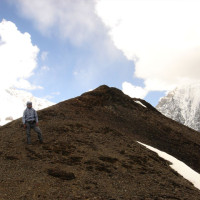
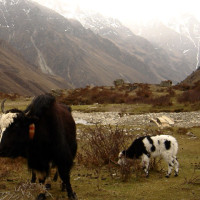
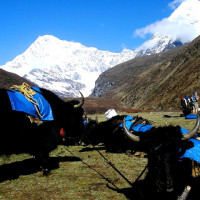
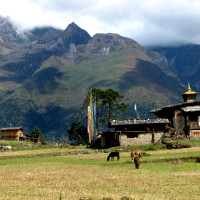
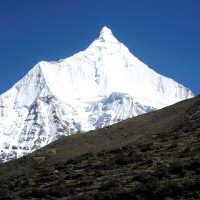
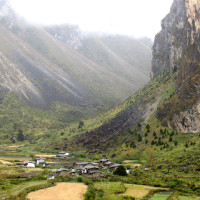
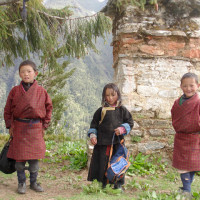
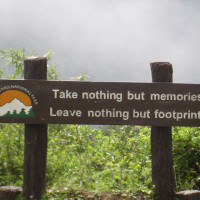
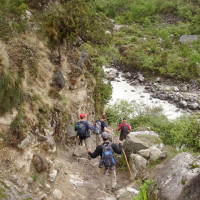
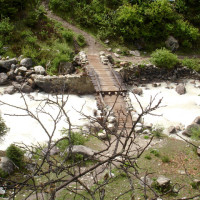
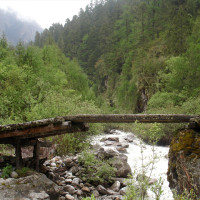
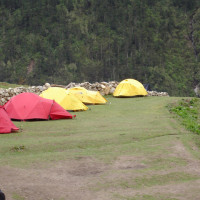
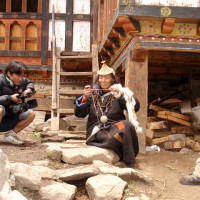
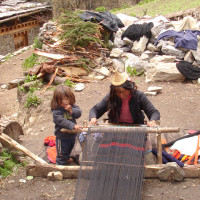
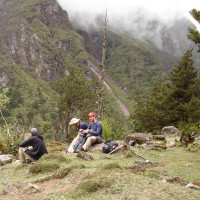
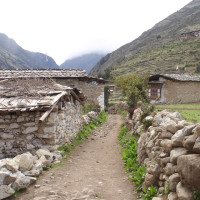
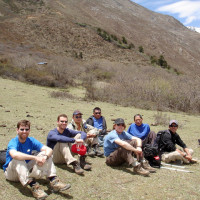
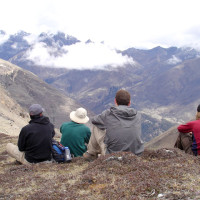
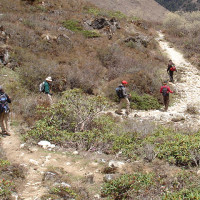
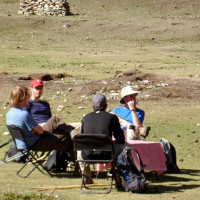
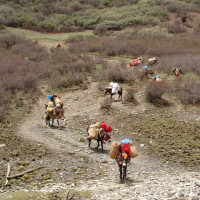
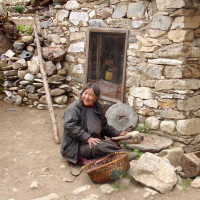
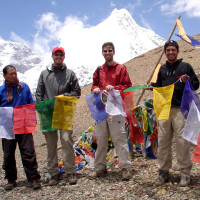
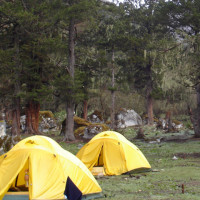
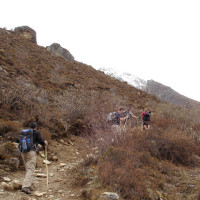
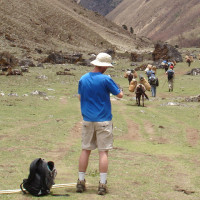
 Max Group Size
Maximum 8
Max Group Size
Maximum 8
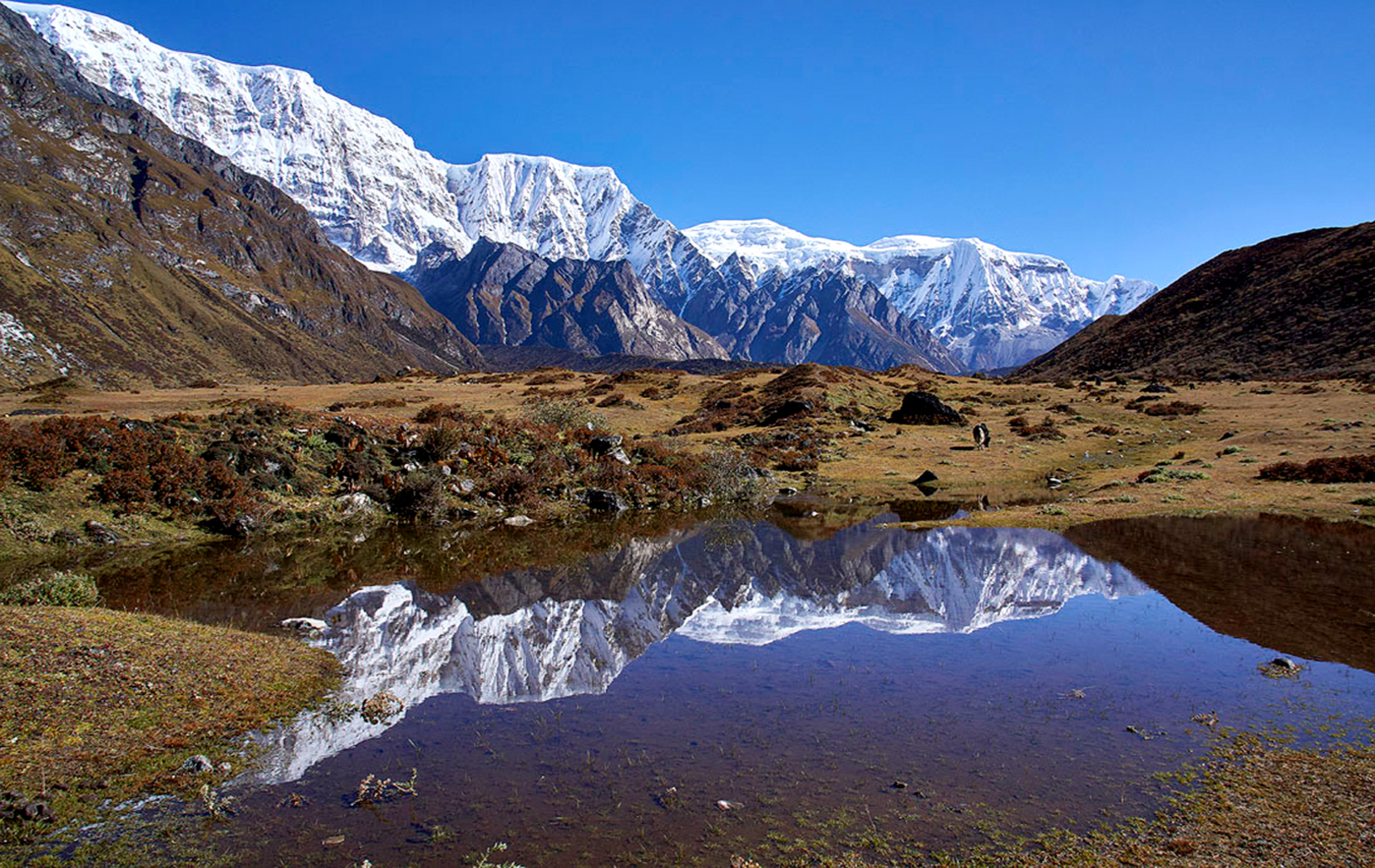
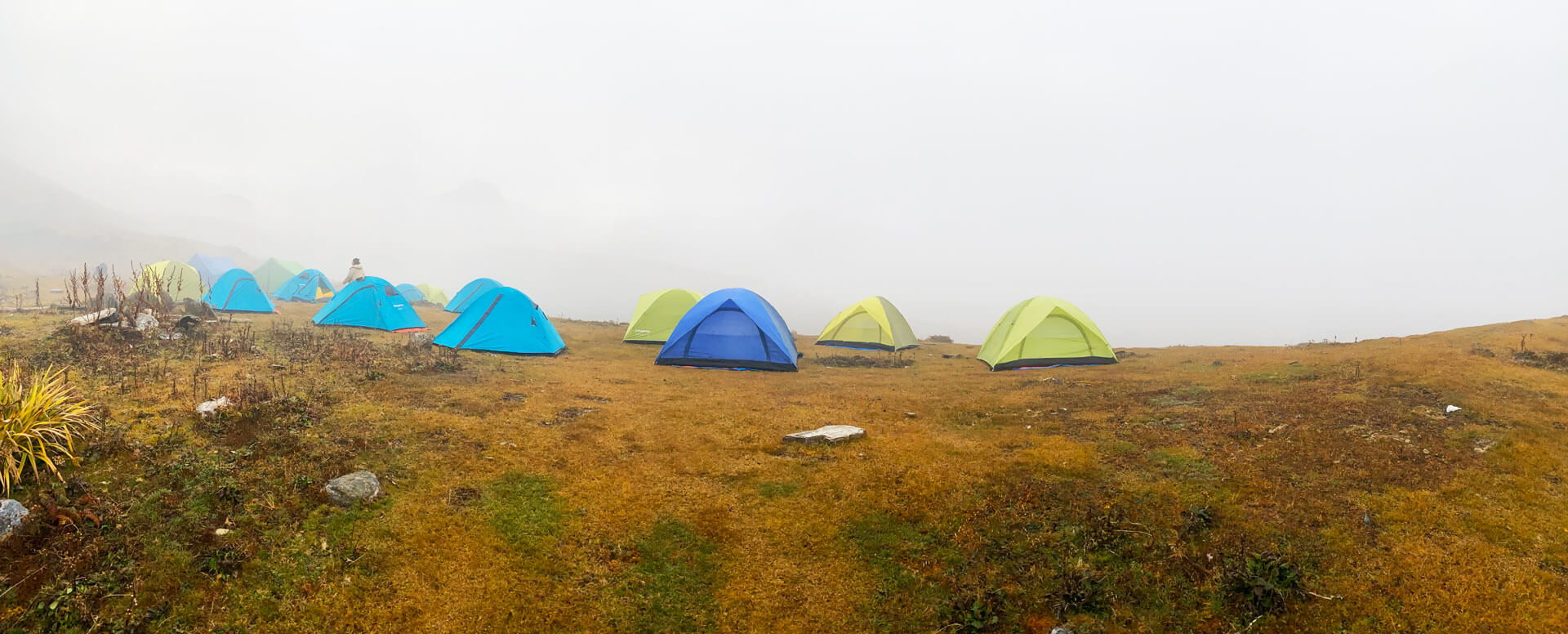

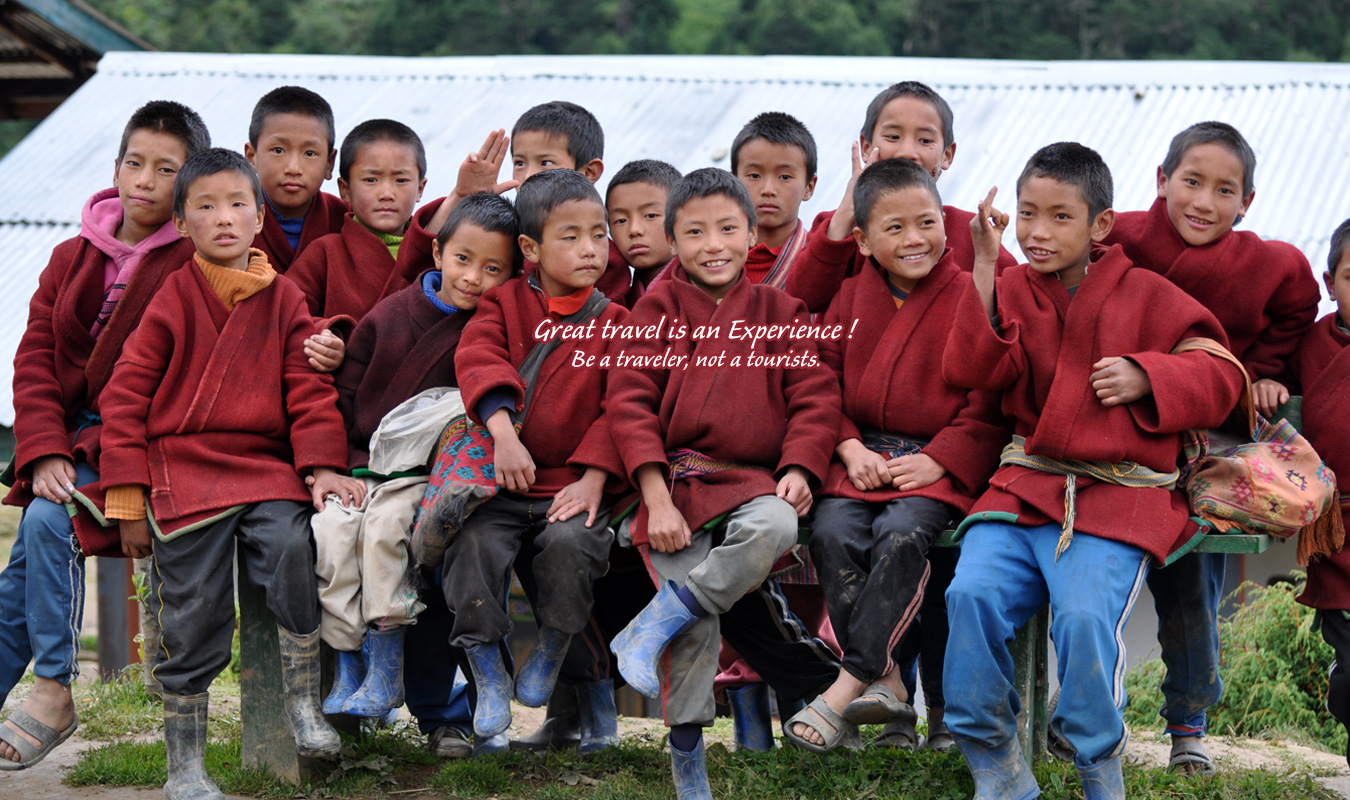
We had the privilege of finally taking the Above the Clouds trek we had booked before Covid. It was FABULOUS. I had expected three things: that the trek would be hard, that it would be beautiful, and that Wind Horse would take good care of us. I was not disappointed.
The trek was hard, but I expect, for me, it would have been hard at any age (I’m 67).
The scenery was spectacular. Chomolhari and Jichu Drake were elusive in the clouds early on, but by the end of the trip the sky was clear and blue and all the peaks were visible—and Yonten (our guide) made sure we went to places we could see them after the trek. Even in late October the wildflowers were abundant.
Wind Horse took great care of us. Yonten’s English, cultural knowledge, sense of humor, trekking experience and interactions with the locals were unparalleled. His consideration for our safety and comfort always came first. He patiently answered our every question, including all the (probably inappropriate!) personal ones. We could not have asked for better company.
The drivers were the BEST, regardless of the scary road conditions and traffic (dogs, cows, trucks) challenges.
The food was perfect: varied and plentiful, and the cook always made sure we had special treats for tea, drinking water and, at night, hot water bottles for our sleeping bags. The sleeping pads were thick and comfortable. The assistant cook was amazing in his strength and speed and ability to provide hot tea and lunch wherever we were on the trail.
The Bhutanese people along the way were the best part—calm, happy, helpful, smiling, curious. Even the ponies were a treat to step aside for! I’ve returned to the US with a new appreciation for the incredible kindness of the Bhutanese and hope I can reflect it in my own actions here at home. Thanks for the opportunity, Wind Horse!